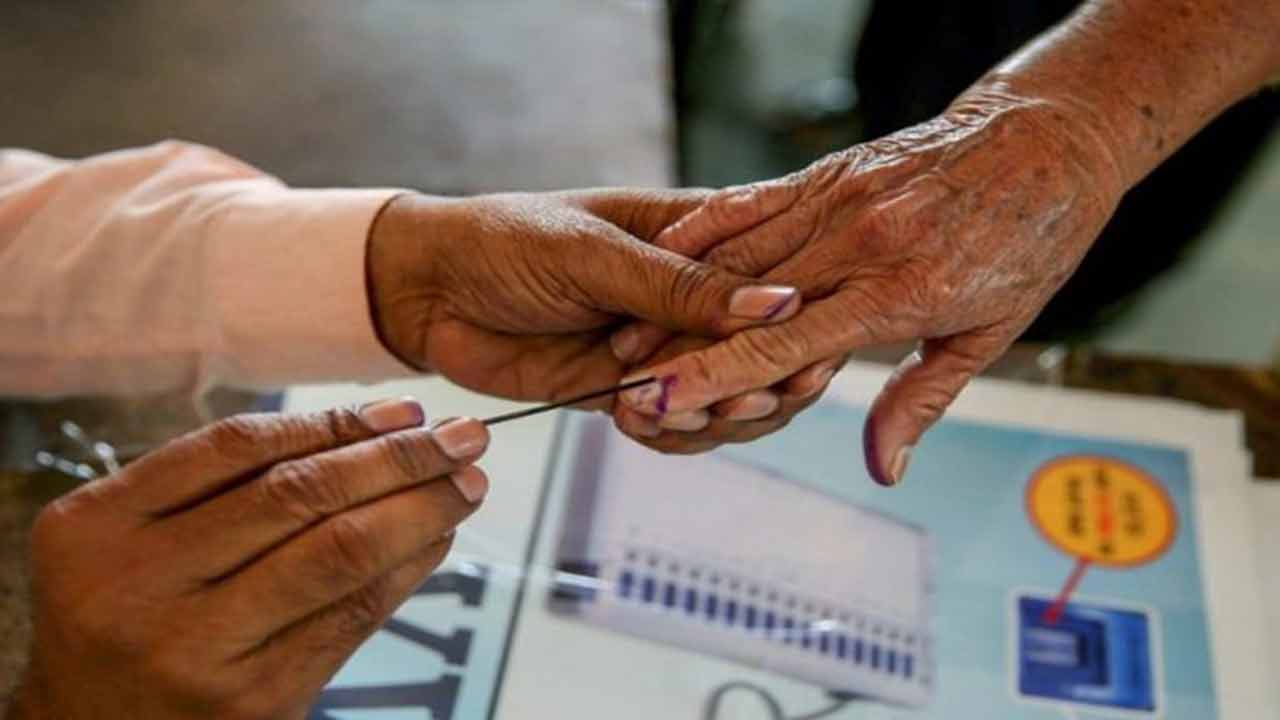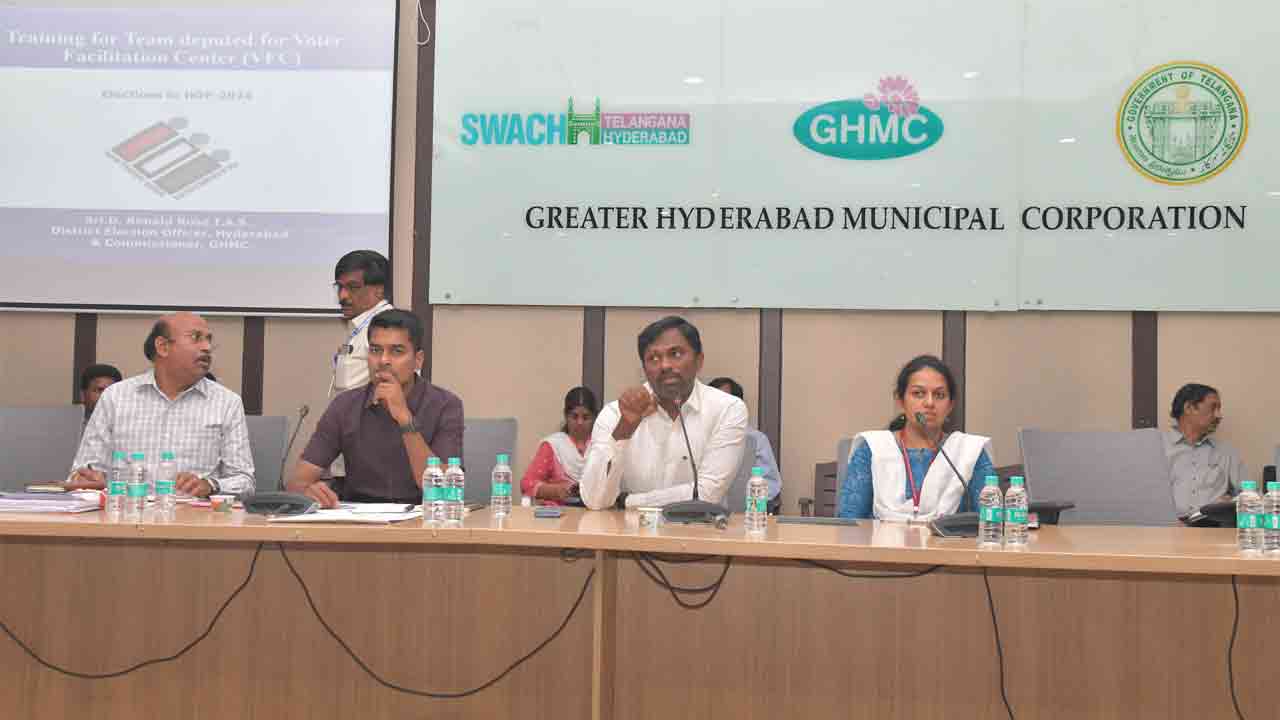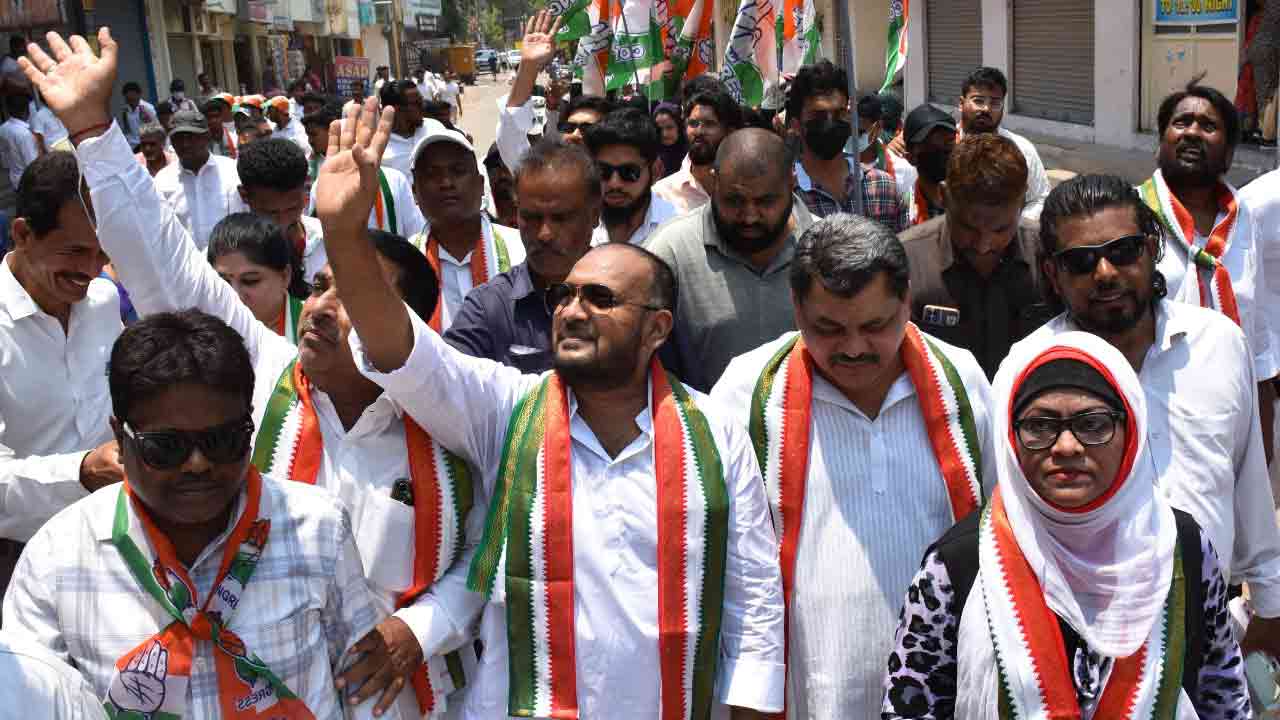The Executive Committee and Governing Body of the Consortium of National Law Universities (the ‘Consortium’) which met at the National Law Institute University, Bhopal has decided that the Common Law Admission Test (CLAT) 2024 would be conducted on December 3.
Further details regarding the syllabus, application and counselling process would be released shortly.
Will CLAT 2024 be held in regional languages also?
The Delhi High Court has sought a response from the Consortium of National Law Universities (NLUs) on a plea seeking to conduct the Common Law Admission Test (CLAT) 2024 in regional languages also. According to a survey by IDIA Trust (Increasing Diversity by Increasing Access to legal education), over 95 per cent of all surveyed students came from schools where the medium of instruction was English both at the secondary and higher secondary level.
GNLU Convernor for CLAT 2024
The consortium has in a meeting held on January 31, elected a new Executive Committee for the Consortium of NLUs. Prof. Vijender Kumar, Vice-Chancellor, of Maharashtra National Law University, Nagpur took over as President of CNLU for CLAT 2024. Prof. V.C. Vivekanandan, Vice-Chancellor, Hidayatullah National Law University, Raipur was elected vice-president, and Prof. Shanthakumar, Director, Gujarat National Law University, Gandhinagar was elected convenor for CLAT 2024.
CLAT 2024 Eligibility Criteria
Candidates who wish to appear in CLAT 2023 must fulfil the eligibility criteria given by the consortium. The course-wise CLAT eligibility criteria are mentioned below.
CLAT eligibility criteria 2024
| Eligibility criteria | UG-CLAT | PG-CLAT |
| Education qualification | Class 12 or equivalent exam with at least 45% marks (40% for SC and ST categories) | Graduation in Law (3-year LLB or 5-year LLB) with at least 50% aggregate marks (45% in case of SC and ST candidates) |
| Candidates appearing in qualifying exam are also eligible to appear in CLAT 2024 | ||
| Age limit | No age limit | |
| Attempt | No limit (Candidates who appeared for CLAT 2023 can also appear in CLAT 2024) | |
CLAT Exam Pattern 2024
Candidates appearing for CLAT 2024 should be well-versed in the test pattern. The CLAT exam pattern informs the candidates about the number of questions that will be asked in the exam, the type of questions, the marking scheme, duration and several other important details. Candidates can check the table below to know about the test pattern.
CLAT 2024 exam pattern
| Particulars | Details |
| Mode of examination | Offline |
| Duration | Two hours |
| Number of questions | CLAT UG – 150CLAT PG – 120 |
| Type of questions | Multiple choice type questions from comprehension paragraph |
| Marking scheme | 1 mark for each correct answer-0.25 marks for each incorrect answer |
CLAT 2024 Syllabus
Candidates preparing for the national-level law entrance exam should refer to the CLAT syllabus to know about the subjects they need to study. The CLAT question papers will be strictly designed as per the syllabus given by the consortium. The UG CLAT syllabus and PG CLAT syllabus are completely different and are as mentioned below.
UG CLAT syllabus 2024
| Subject Areas with weightage: | (approximate number of questions) |
| English Language | 28-32 questions, or roughly 20% of the paper |
| Current Affairs, including General Knowledge | 35-39 questions, or roughly 25% of the paper |
| Legal Reasoning | 35-39 questions, or roughly 25% of the paper |
| Logical Reasoning | 28-32 questions, or roughly 20% of the paper |
| Quantitative Techniques | 13-17 questions, or roughly 10% of the paper |
CLAT LLM 2024 syllabus
- Constitutional Law
- Jurisprudence,
- Administrative Law
- Law of Contract
- Torts, Family Law
- Criminal Law
- Property Law
- Company Law
- Public International Law
- Tax Law
- Environmental Law
- Labour & Industrial
Next Story :
Now you can get the latest stories from Indtoday on Telegram every day. Click the link to subscribe. Click to follow Indtoday’s Facebook page and Twitter and Instagram. For all the latest Hyderabad News updates






